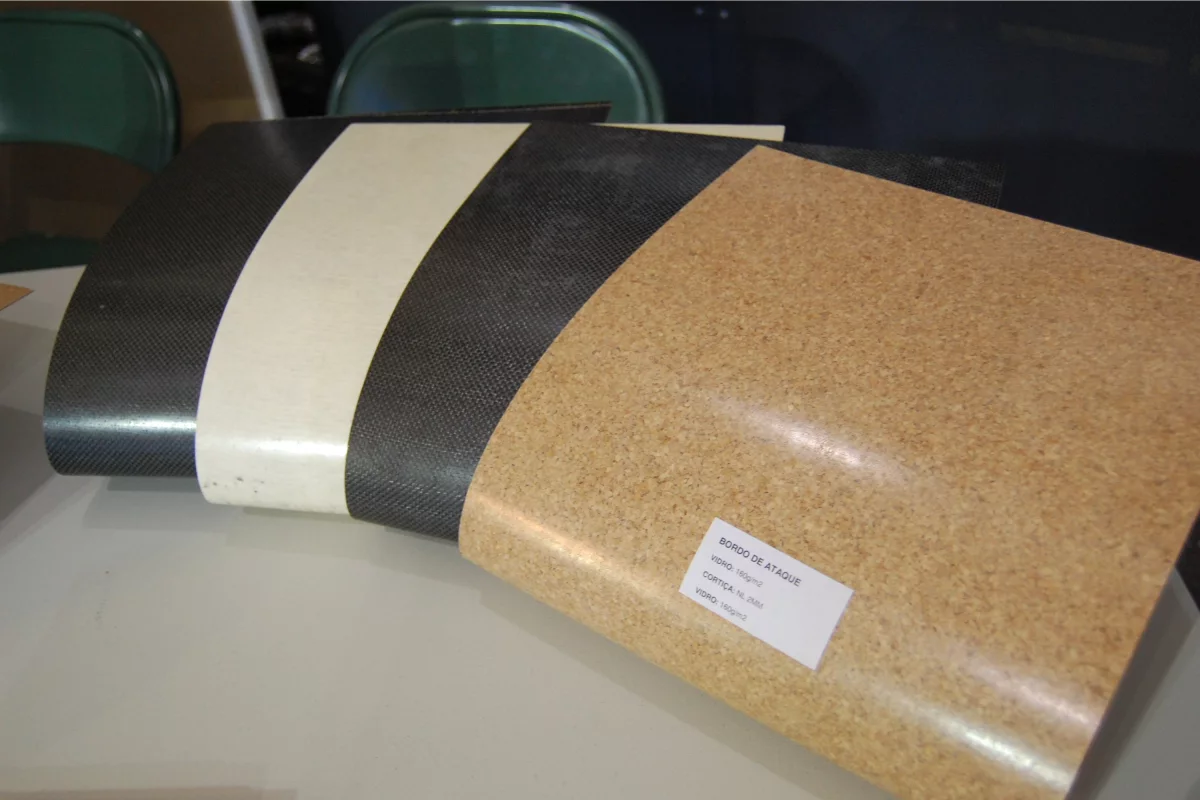Many of the exhibitors we encountered at the Paris Green Air Show were showing off aircraft that ran on electricity, alternative fuels, or that reduced the consumption of fossil fuels. One booth, however, was displaying a different sort of green aviation product – a low-impact, natural cork composite called AEROCORK, intended to replace PVC foam and other petroleum-based building materials in aircraft. It is the result of a collaboration between three Portuguese tech companies.
Light aircraft manufacturer Dyn'Aero Ibérica started the ball rolling in 2008, when it was seeking a less-expensive and environmentally-friendlier alternative to some of the materials used in its planes. It formed a consortium with Amorim Cork Composites, polymer research center Polo de Inovação em Engenharia de Polímeros (PIEP), and Active Space Technologies. It then proceeded to get a research and development grant from the European Union, and in 2009 kicked off the three-year AEROCORK project.

The team is now working on outfitting one of Dyn'Aero's MCR UL aircraft with a full compliment of cork composites in its structural, safety and aesthetic applications. They hope to take the plane on a demonstration flight late next year, to show the aviation world just how viable cork can be as an aerospace material.












